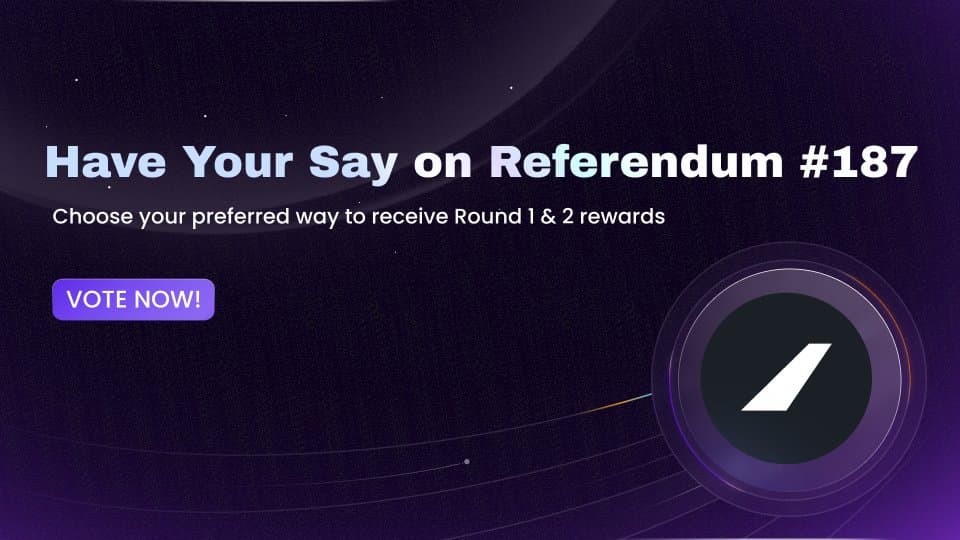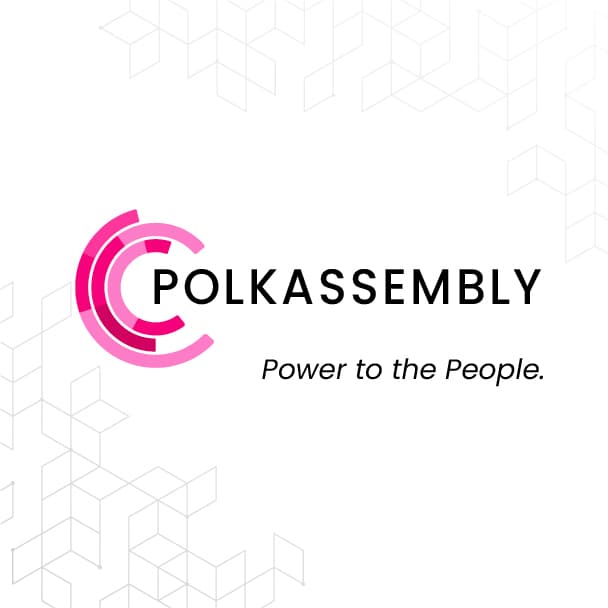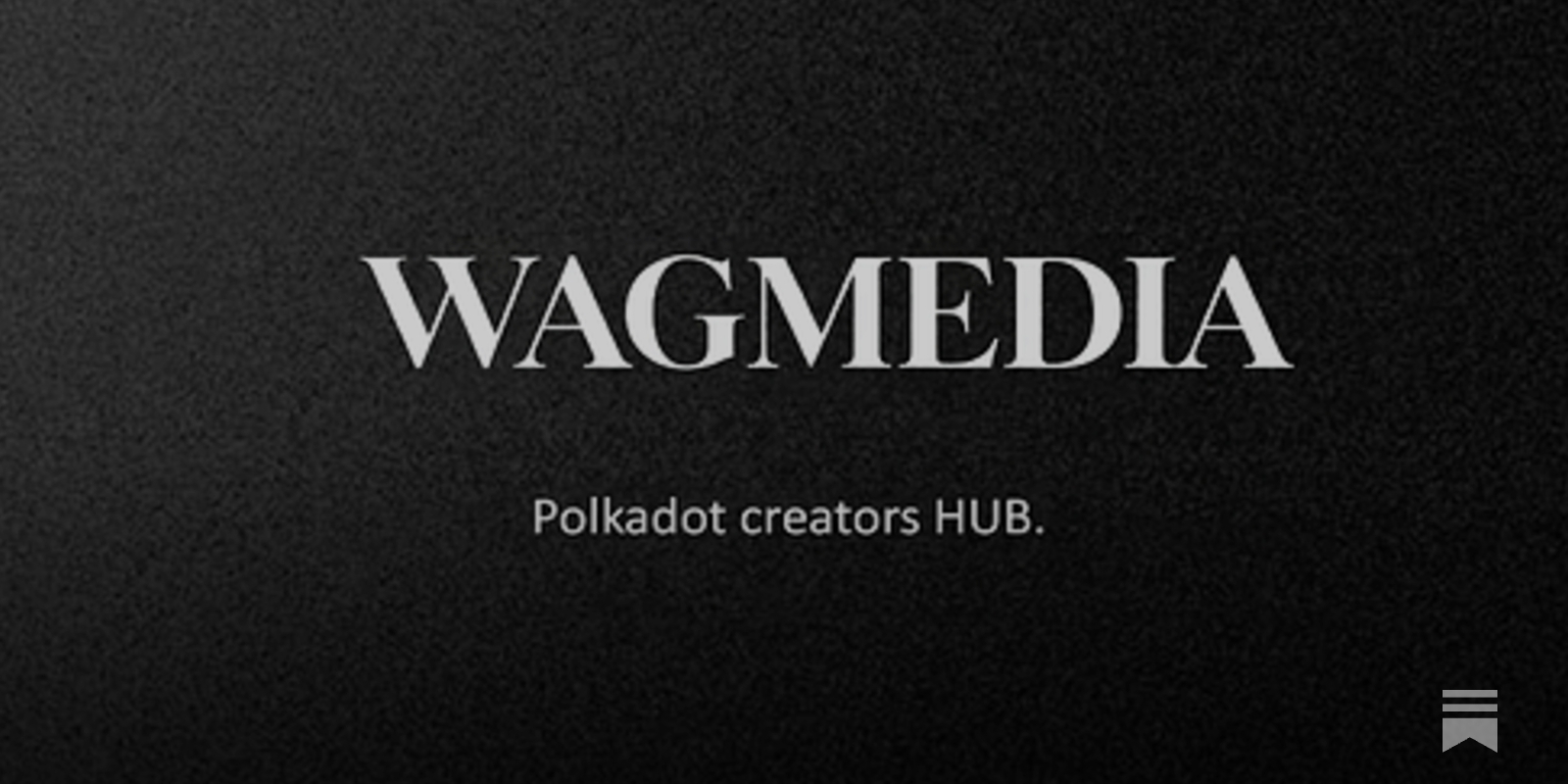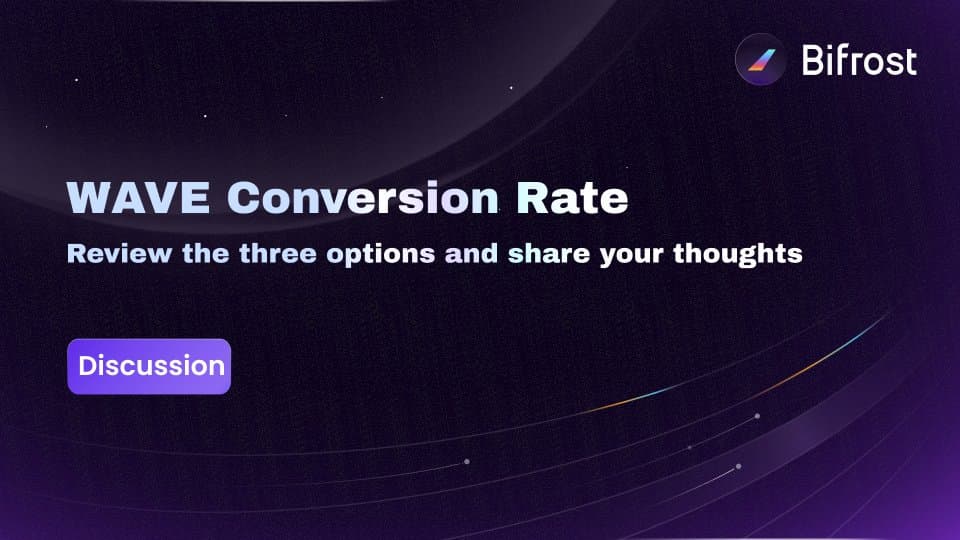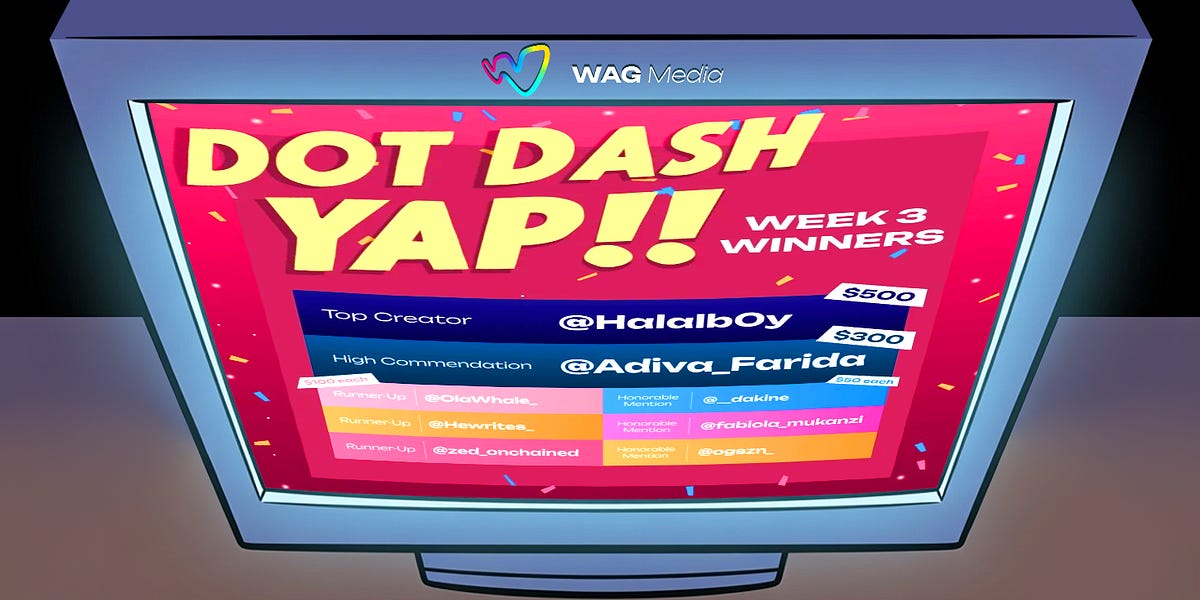Opengov Articles
OpenGov is all about putting governance in the hands of the community. In this category, we explore how Polkadot's unique governance model empowers users to propose, vote, and shape the future of the network. From referendum mechanics to decision-making processes, these articles break it all down so you can better understand how Polkadot's decentralized governance works—and how you can get involved.
Read a total of 65 articles and 625 news on Polkadot OpenGov written by our community creators
Opengov News
Navigating the WAVES of Vesting or Investing
Bifrost Referendum 187 gives the community a choice for the distribution of Liquid Wave Round 1 and 2 incentives. A NAY vote maintains the original plan to distribute BNC linearly vested for 12 months, while an AYE will see incentives converted to bbBNC with a 12-month lock.
A Dynamic Wish
Jonas Gehrlein (Web3 Foundation) has initiated Polkadot WFC Referendum 1827, seeking consent to initiate first phase of the Dynamic Allocation Pool roadmap, targeting deployment by March 14th 2026. This phase ends DOT burns, creates a flexible revenue pool for protocol expenses, and reforms validator and nominator parameters.
Gettin’ GIGADeHydrated
Following the withdrawal of Web3 Foundation support for future DeFi incentives, Hydration Referendum 240 proposes streamlining the GIGAHydration campaign. If passed, the proposal will eliminate non-critical farms and reduce remaining incentives, with the exception of HOLLAR, which will be boosted.

 Non Anglo
Non Anglo








